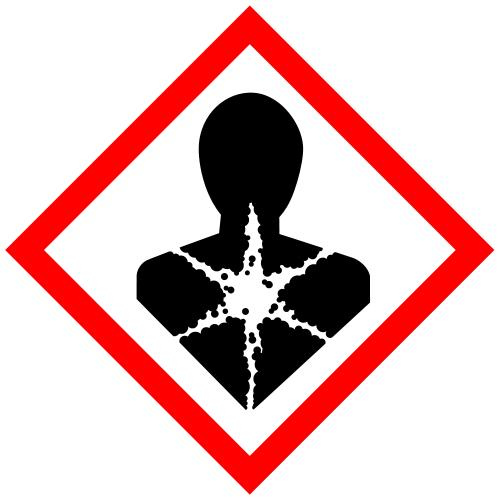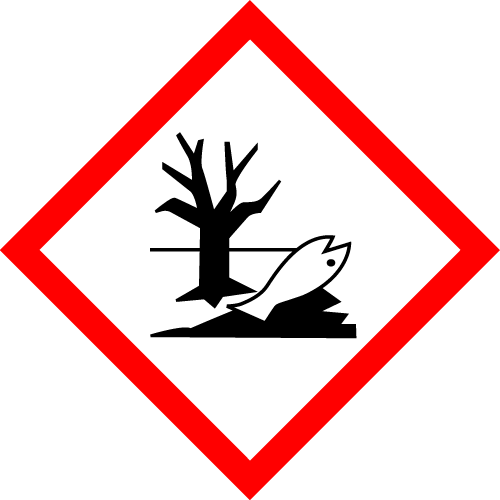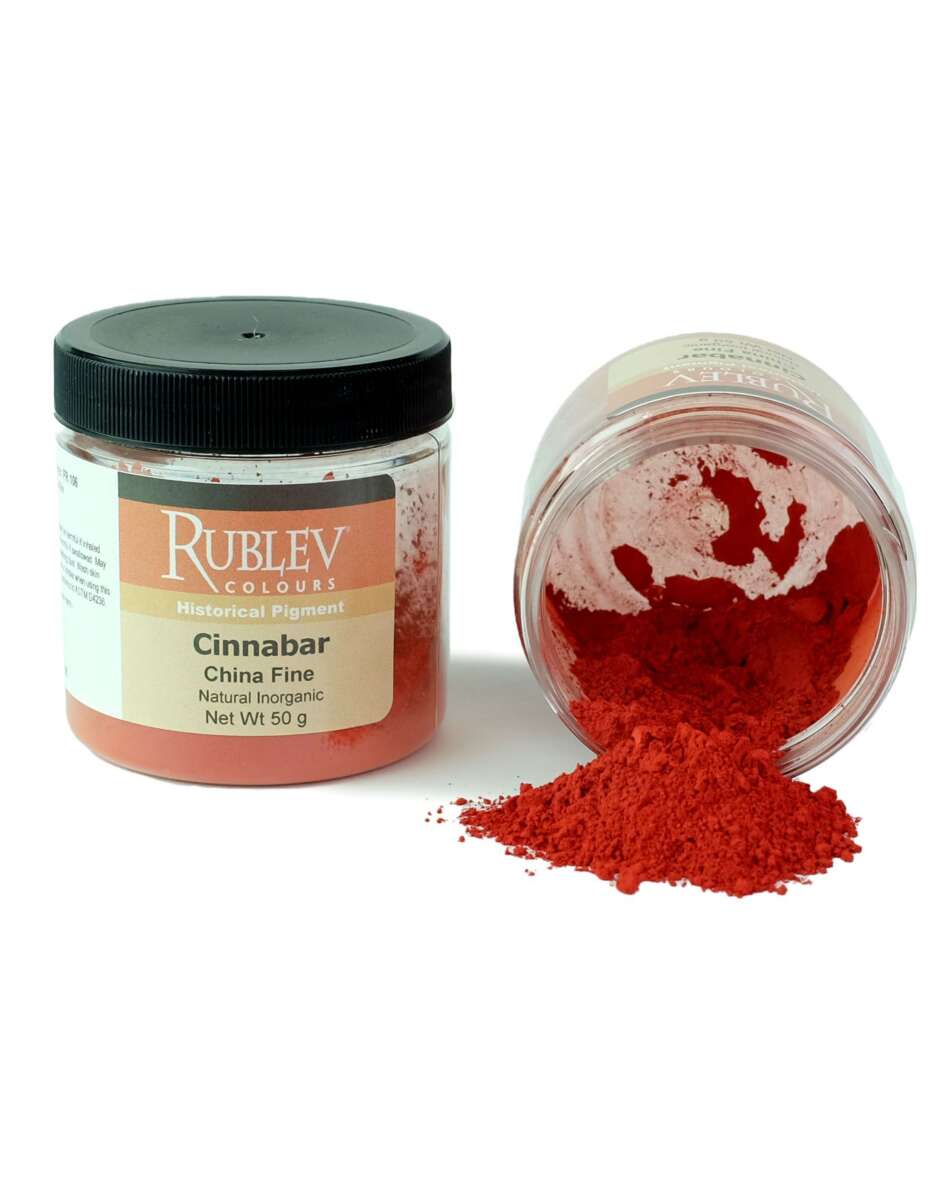Cinnabar Pigment
Our cinnabar is prepared from ore deposits in different countries. The various ores have a masstone color ranging from soft purplish red to bright orange red.
Cinnabar, a dense red mineral, is the principal ore of the metal mercury, usually described as an intense reddish orange or sometimes as a dark reddish purple. Cinnabar varies in masstone color from strong red to vivid reddish orange in Munsell range from 5R to 7.5R. Our cinnabar is prepared from the mineral in ore deposits found in different locations.
| Pigment Names | |
| Common Names: | English: cinnabar French: cinabre German: Zinnober Italian: cinabro Spanish: cinabrio |
| Alternate Names: | 朱矽, 辰矽, Chinese red, Cinnabarite (of Dana), Llimpi Merkurblende, Minium (of Pliny and Vitruvius), Vermeil Zinnober Vermilion is the standard name in English given to the red artists' pigment based on artificially made mercuric sulfide, while cinnabar is the name given to the natural mineral. |
Origin and History
It is an historical pigment but surprisingly not found in ancient Egyptian or early Mesopotamian objects. It was well known to the Romans and widely used in China since the third millennium B.C.
Source
Cinnabar is a red crystalline form of mercuric sulfide, a red mineral of secondary origin, occurring in the oxidized zones of copper veins. Cinnabar has the highest refractive index of any other known mineral, its mean index for sodium light being 3.256, while the index for diamond¡ªa substance of remarkable refraction¡ªis only 2.42. It was mined by the Romans for its mercury content and it has been the main ore of mercury throughout the centuries. Some mines used by the Romans are still being mined today. Cinnabar is found in all localities which yield mercury notably Almaden, Spain; Idrija, Slovenia; Landsberg, near Ober-Moschel in the Palatinate; Ripa, at the foot of the Apuan Alps, Tuscany; the mountain Avala, Serbia; Huancavelica, Peru; Kweichow and Hunan Provinces, China; Doneckaia region, Ukraine; and California, Oregon, Texas, and Arkansas, USA.
Permanence and Compatibility
Some authorities today do not consider cinnabar to be a permanent pigment. However, samples have been known to withstand exposure to direct sunlight for at least ten years. It is remarkably unreactive with other pigments despite that fact it is a sulfide. In oil-medium, it was commonly used with lead white to produce flesh tints with no sign of formation of black lead sulfide. It was used on alkaline lime fresco walls. The traditional use of red glazes of madder, kermes and cochineal lakes over cinnabar underpaint not only increases the purity (chroma) of the color, but has been shown to reduce its tendency to darken. The natural mineral is said to be more stable than manufactured vermilion. Although considered by some to be an erratic pigment, cadmium reds do not replace its special hue or physical characteristics.
Oil Absorption and Grinding
Cinnabar absorbs a low amount of linseed oil when grinding the pigment in this medium. Linseed oil is very slow drying with cinnabar, yet it produces a strong paint film.
Toxicity
Some authorities consider natural cinnabar to be non-toxic. Anita Albus writes that the deadly poison of mercury becomes harmless when it is stably bound with sulfur. However, we consider cinnabar to be toxic and urge caution in handling the dry powder pigment, as well as the pigment dispersed in medium.

Pigment: Cinnabar (Nikitovka) (also named warm cinnabar)
| Pigment Information | |
| Color: | Red |
| Colour Index: | Pigment Red 106 (77766) |
| Chemical Name: | Mercuric Sulfide |
| Chemical Formula: | HgS |
| ASTM Lightfastness Rating | |
| Acrylic: | Not Rated |
| Oil: | Not Rated |
| Watercolor: | Not Rated |
| Properties | |
| Density: | 8.1 |
| Hardness: | 2.0-2.5 |
| Refractive Index: | 2.905-3.256 |
| SKU | 450-11 |
|---|---|
| Brand | Rublev Colours |
| Vendor | Natural Pigments |
| Processing Time | Usually ships the next business day. |
| Color | Red |
| Pigment Type | Inorganic, Natural |
Hazard Pictograms
 |  |  |
| GHS07: Exclamation Mark | GHS08-2: Health Hazard | GHS09: Environment |
Signal Word: Danger
Hazard Designation
H302 Harmful if swallowed.
H332 Harmful if inhaled.
H360 May damage fertility or the unborn child.
H373 May cause damage to organs through prolonged or repeated exposure.
H410 Very toxic to aquatic life with long lasting effects.
Safety Designation
P260 Do not breathe dust/fume/gas/mist/vapors/spray.
P261 Avoid breathing dust/ fume/ gas/ mist/ vapors/ spray.
P280 Wear protective gloves/ clothing/ eye/ face protection.
P281 Use personal protective equipment as required.
P405 Store locked up.
P501 Dispose of contents/ container according to regional, national and international regulations.
![]() WARNING: This product can expose you to chemicals including mercury compounds, which is known to the State of California to cause birth defects or other reproductive harm. For more information go to www.P65Warnings.ca.gov.
WARNING: This product can expose you to chemicals including mercury compounds, which is known to the State of California to cause birth defects or other reproductive harm. For more information go to www.P65Warnings.ca.gov.



